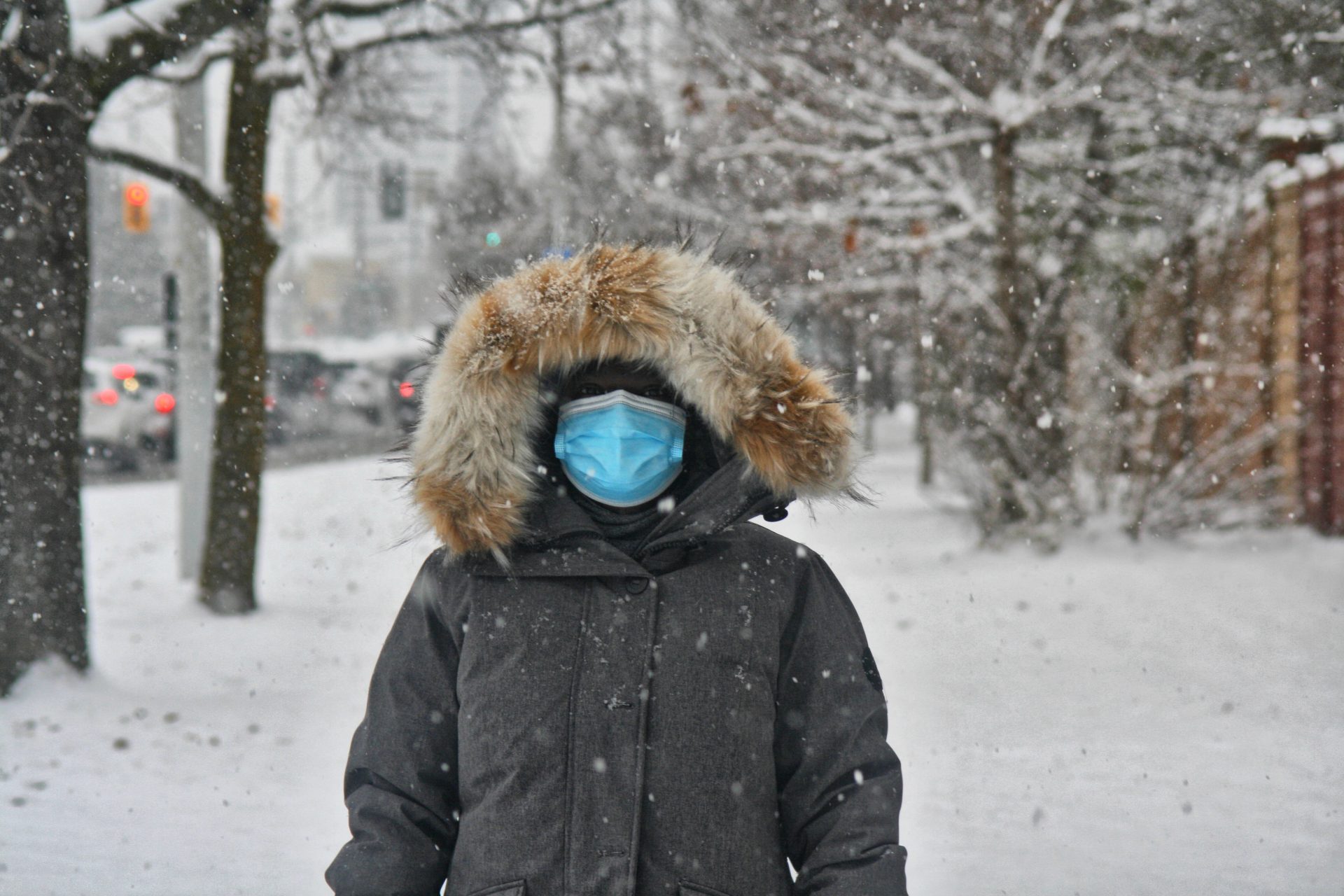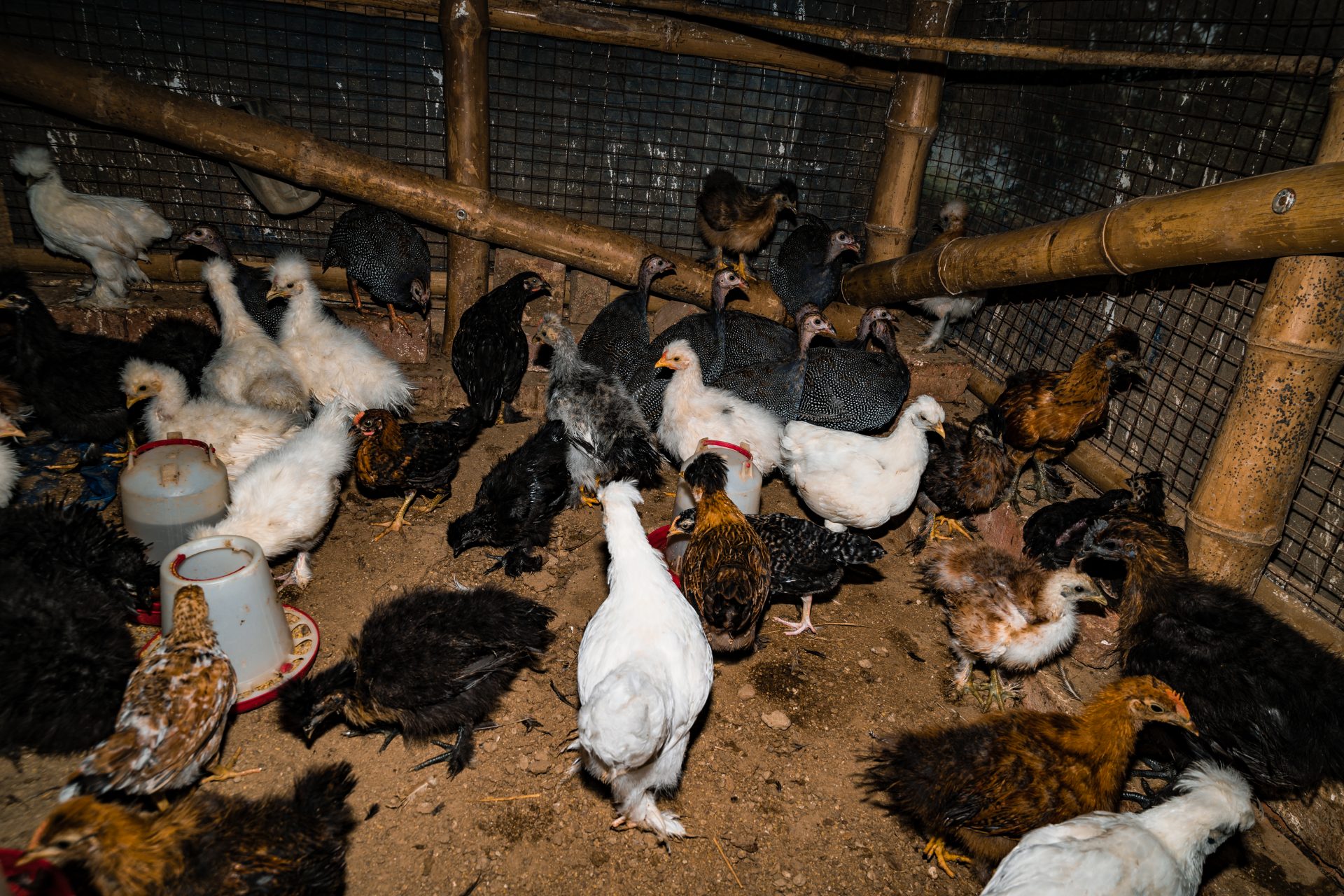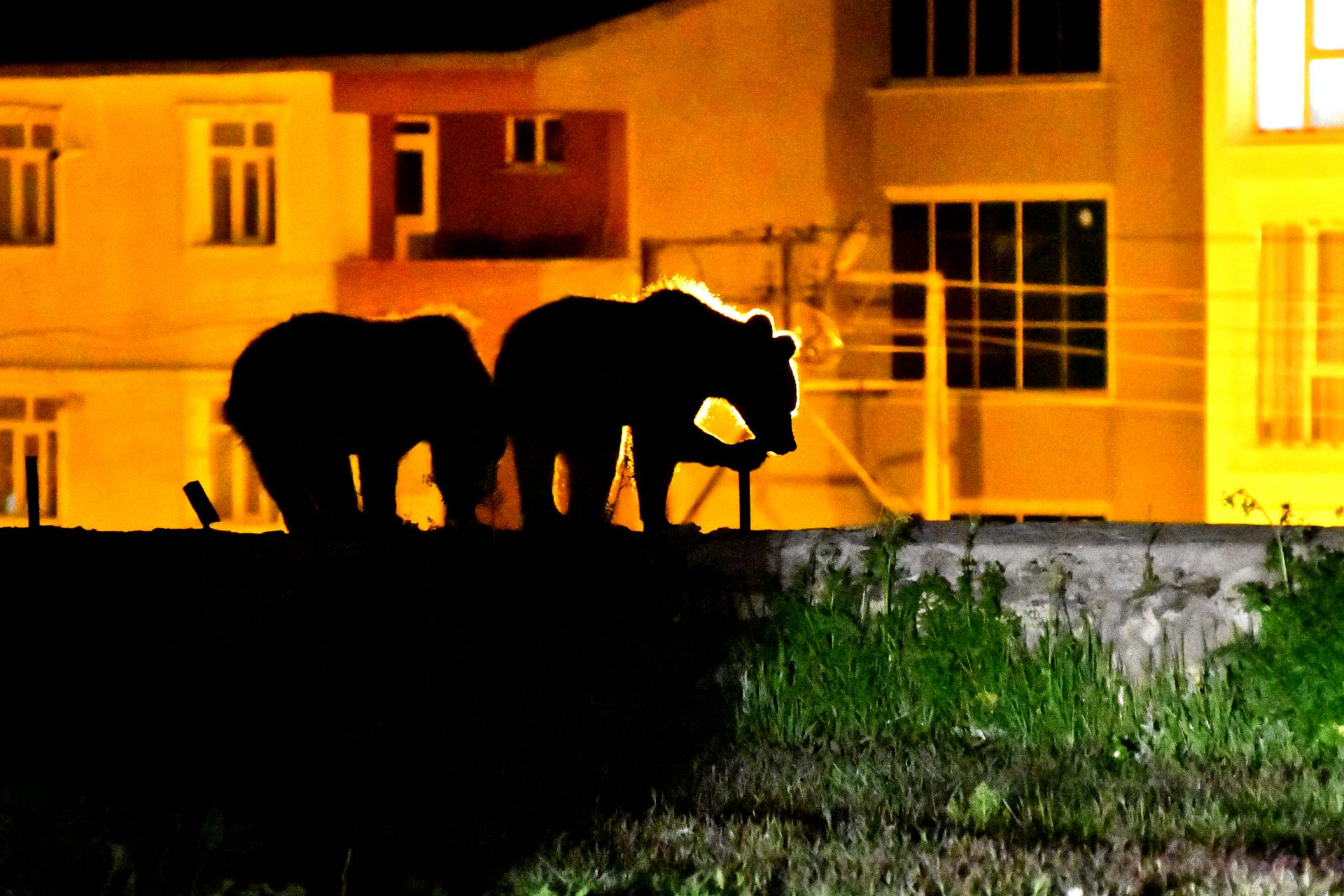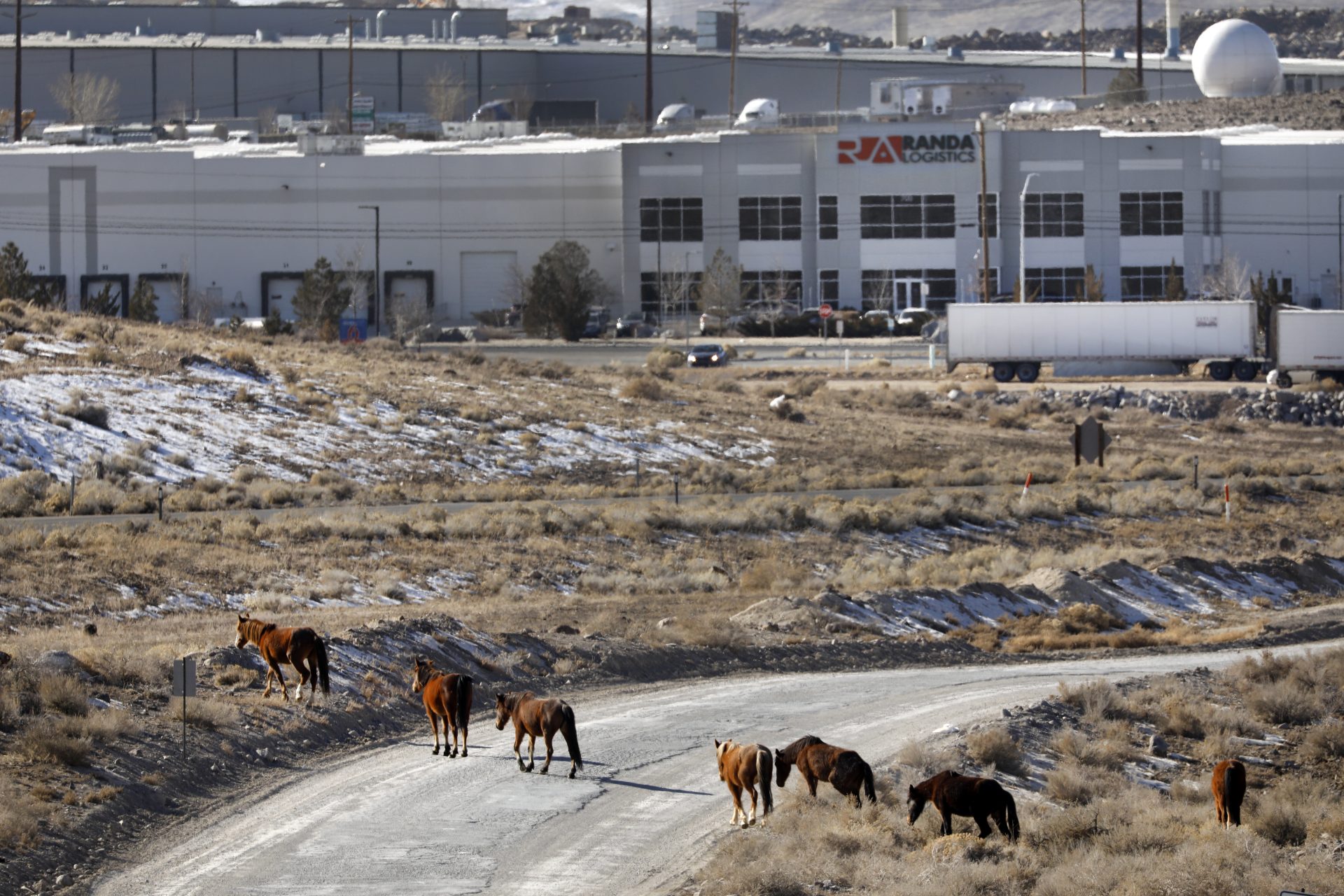A new pandemic may be closer than you think
The COVID-19 pandemic now seems like a thing of the past, but even if the emergency is over, the virus is still circulating strongly among the world's population, and its consequences are still very much present.
Fortunately, the rapid response and global coordination by all countries limited the impact of the pandemic, which still affected over 770 million people and killed almost 7 million, according to data from the World Health Organization.
Such have been the consequences of COVID-19 that in a country like the United States, life expectancy has dropped by 1.8 years, as the National Center for Health Statistics revealed. Furthermore, many people infected by the virus still have or have suffered from Long Covid (disorders that persist or appear weeks after the virus has become negative).
All this leads us to think that to limit the damage of a possible (and practically inevitable) next pandemic, more effective and coordinated interventions are needed. But when will the next pandemic happen? Unfortunately, it may be closer than you think.
As Nature explains, emerging infectious disease pandemics have increased over the last century, and the risk is expected to continue to grow as the world becomes increasingly interconnected.
According to the scientific journal, the probability of two pandemics occurring in a person's lifetime is 17%, but it is possible that this will increase to 44% by 2045.
In other words, with these forecasts the probability of another pandemic occurring in a given year is just over 2%. The most difficult thing, however, is determining which pathogen will cause it.
In any case, Nature emphasises that there is a high probability that the next pandemic will again arise from an infectious disease transmitted from animals to humans (zoonosis).
It is a risk that is increasing alarmingly, as urbanization and the destruction of animals' natural habitats are bringing them into closer contact with humans than ever before, allowing pathogens to migrate more easily to humans. .
Furthermore, climate change forces animals to migrate to new territories where they encounter other animal species for the first time, which can favor the passage of pathogens between different animal species before they reach humans.
Ultimately, it is impossible to know the precise date of the next pandemic, but it is logical to assume that the probability of its occurrence increases every year.
More for you
Top Stories
























